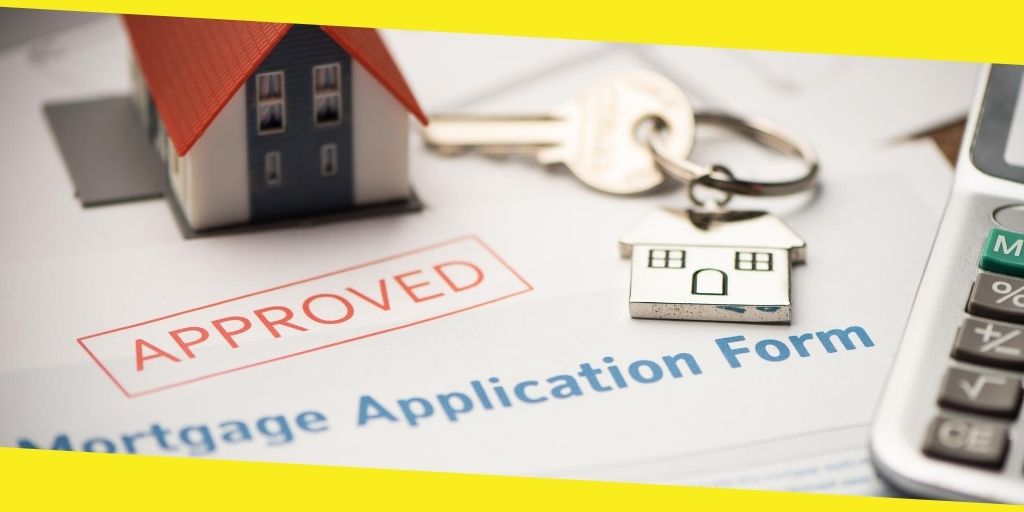Advertisement
Home loan security, a cornerstone of the mortgage industry, underpins the financial stability of both lenders and borrowers. It acts as a safeguard, ensuring that lenders can recover their investment in the event of a borrower’s default. This intricate system, interwoven with legal frameworks and financial practices, varies across countries and impacts borrowers in profound ways.
This exploration delves into the multifaceted world of home loan security, examining the diverse forms it takes, the legal complexities involved, and the implications for borrowers. We will navigate the intricacies of security interests, foreclosure processes, and the global landscape of home loan security practices, shedding light on the crucial role it plays in the real estate market.
Understanding Home Loan Security

Home loan security is a fundamental concept in the realm of real estate financing. It serves as a crucial mechanism for lenders to mitigate risk and ensure the repayment of loans extended to borrowers for purchasing or refinancing their homes. Essentially, home loan security involves a legal arrangement where a borrower pledges their property as collateral against the loan. In the event of default, the lender has the legal right to seize and sell the property to recover their outstanding debt. This article delves into the intricacies of home loan security, exploring its various facets and implications for both borrowers and lenders.
Concept and Importance of Home Loan Security

Home loan security is a vital component of the mortgage lending process. It provides lenders with a safety net, safeguarding their investment by ensuring they can recover their funds if a borrower fails to meet their loan obligations. The presence of security allows lenders to offer more favorable loan terms, such as lower interest rates and longer repayment periods, as they are protected against potential losses. This, in turn, benefits borrowers by making homeownership more accessible and affordable. The importance of home loan security lies in its ability to:
- Reduce lender risk by providing a tangible asset to recover in case of default.
- Facilitate access to lower interest rates and favorable loan terms for borrowers.
- Stabilize the housing market by promoting responsible lending practices.
- Protect the financial interests of both lenders and borrowers.
Examples of Home Loan Security
 secured loan loans homeowner” title=”Secured loan loans homeowner” />
secured loan loans homeowner” title=”Secured loan loans homeowner” />
The specific forms of home loan security employed vary across different countries and jurisdictions. However, some common examples include:
- Mortgages: In many countries, mortgages are the most prevalent form of home loan security. A mortgage is a legal agreement where the borrower grants the lender a lien on their property. This lien gives the lender the right to foreclose on the property if the borrower defaults on the loan. Mortgages are typically used for residential properties, but they can also be applied to commercial real estate.
- Deeds of Trust: Deeds of trust are another common form of home loan security, particularly in the United States. In this arrangement, the borrower conveys title to the property to a third party, known as a trustee, who holds it on behalf of the lender. The trustee has the power to sell the property if the borrower defaults on the loan. Deeds of trust are similar to mortgages but differ in their legal structure and the role of the trustee.
- Liens: Liens are legal claims against a property that give the holder the right to sell the property to recover a debt. Home loan security often involves the creation of a lien on the property, allowing the lender to prioritize their claim in case of bankruptcy or other financial difficulties. Various types of liens can be used, such as mechanics’ liens, judgment liens, and tax liens.
- Land Charges: In some countries, like the United Kingdom, land charges are used as a form of home loan security. Land charges are public records that indicate the existence of a financial encumbrance on a property. They serve as a notice to potential buyers that the property is subject to a loan agreement. This system ensures transparency and helps prevent fraud.
Legal Frameworks and Enforcement, Home loan security
 home loan security” title=”Securing loan steps” />
home loan security” title=”Securing loan steps” />
Legal frameworks play a critical role in defining and enforcing home loan security. These frameworks establish the rules and regulations governing the creation, registration, and enforcement of security interests. They also Artikel the procedures for foreclosure and the rights and responsibilities of both lenders and borrowers. Examples of legal frameworks that govern home loan security include:
- Mortgage Acts: These acts provide the legal basis for mortgage lending and specify the requirements for creating, registering, and enforcing mortgages.
- Property Registration Systems: These systems record ownership and security interests in real estate, providing a public record of encumbrances on a property.
- Foreclosure Laws: These laws Artikel the procedures for lenders to foreclose on a property when a borrower defaults on their loan. They typically specify the notice requirements, the right to redemption, and the process for selling the property.
